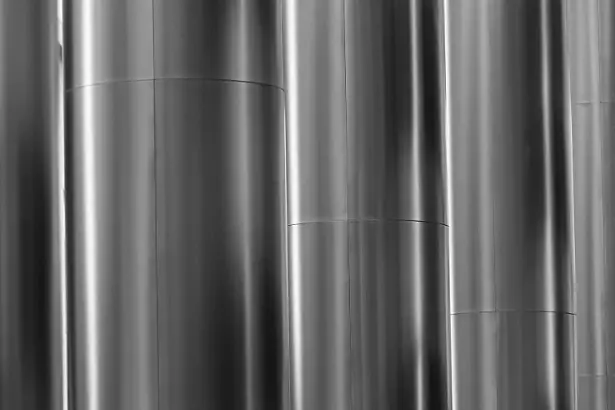On Sunday, Reuters reported that in November, China’s aluminum imports declined by 37.5% over the levels seen one year ago, according to data from the General Administration of Customs.
The report attributed the decline in imports of the light metal to diminishing demand due to Covid-lockdown-triggered declines in production output, as well as a mounting domestic supply.
China imported 255,744 tons of primary metal and unwrought, alloyed aluminum. In the first 11 months of the current year, China has imported 2.13 million tons of the metal, a reduction of 28.2% over the same period one year prior.
Bauxite, the main source of aluminum ore, saw imports in November rise 31.3%, to 11.79 million tons, from October’s 8.98 million tons. It was a rise of 53.6% from the 7.7 million tons imported in November of 2022.
The November output numbers are the ninth consecutive increase, to 3.41 million tons. As China has eased power restrictions on the industrial sector this year, smelters have been gradually boosting production.
China manufactured 36.77 million tons of aluminum in the first 11 months of this year, which was a 3.9% increase for the world’s top aluminum producer over the same period in 2021.
A slowdown in the construction, transportation, and packaging sectors have weakened demand for the metal. However the outlook for industrial metals has been picking up as China has reduced the importance placed on Covid restrictions, and attempted to provide stimulus to the troubled property development sector.
On the Shanghai Futures Exchange, the most traded aluminum product averaged 18,845 yuan ($2,703.42) per ton, an increase from 17,755 yuan per ton one month prior, which had been a 19 month low.

